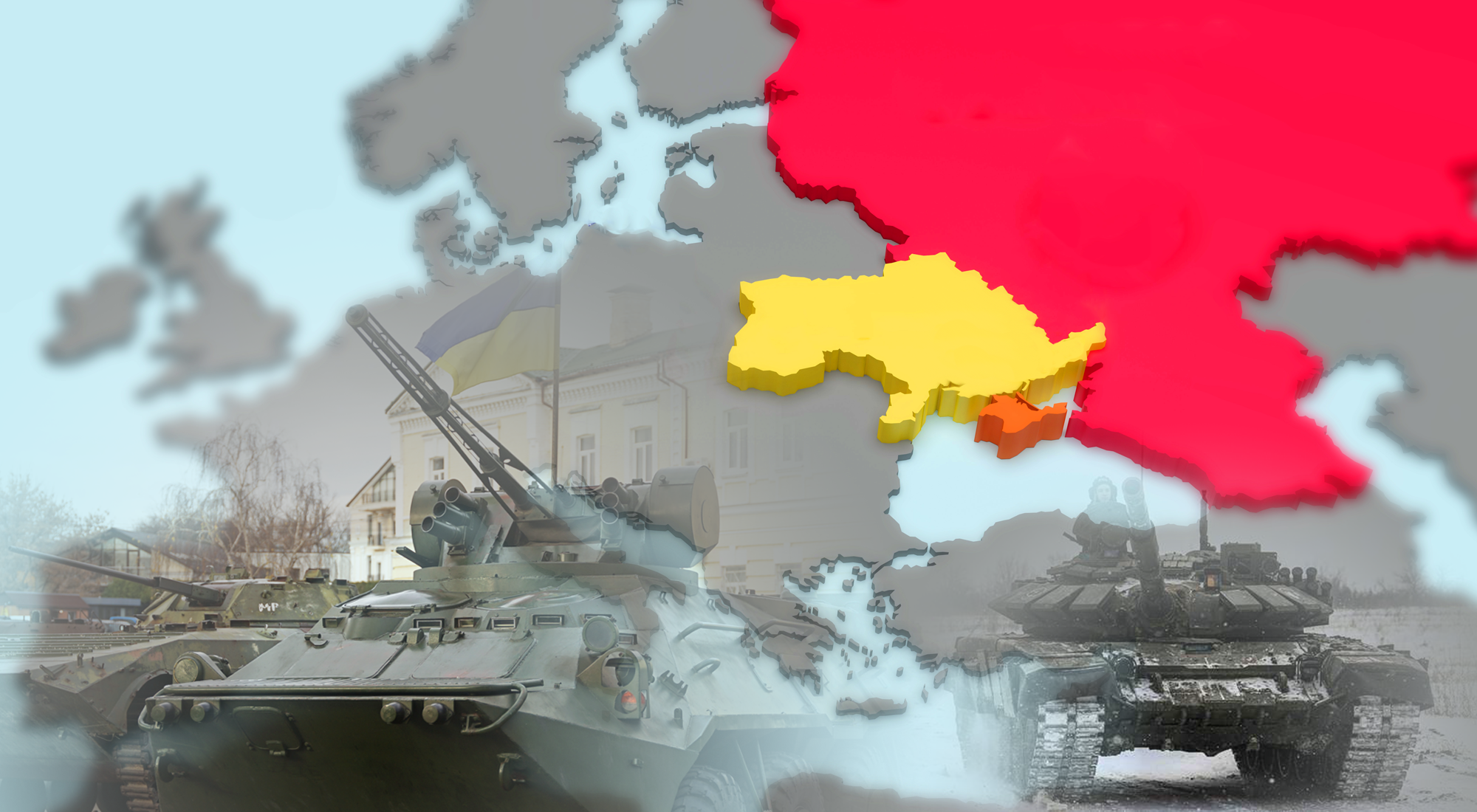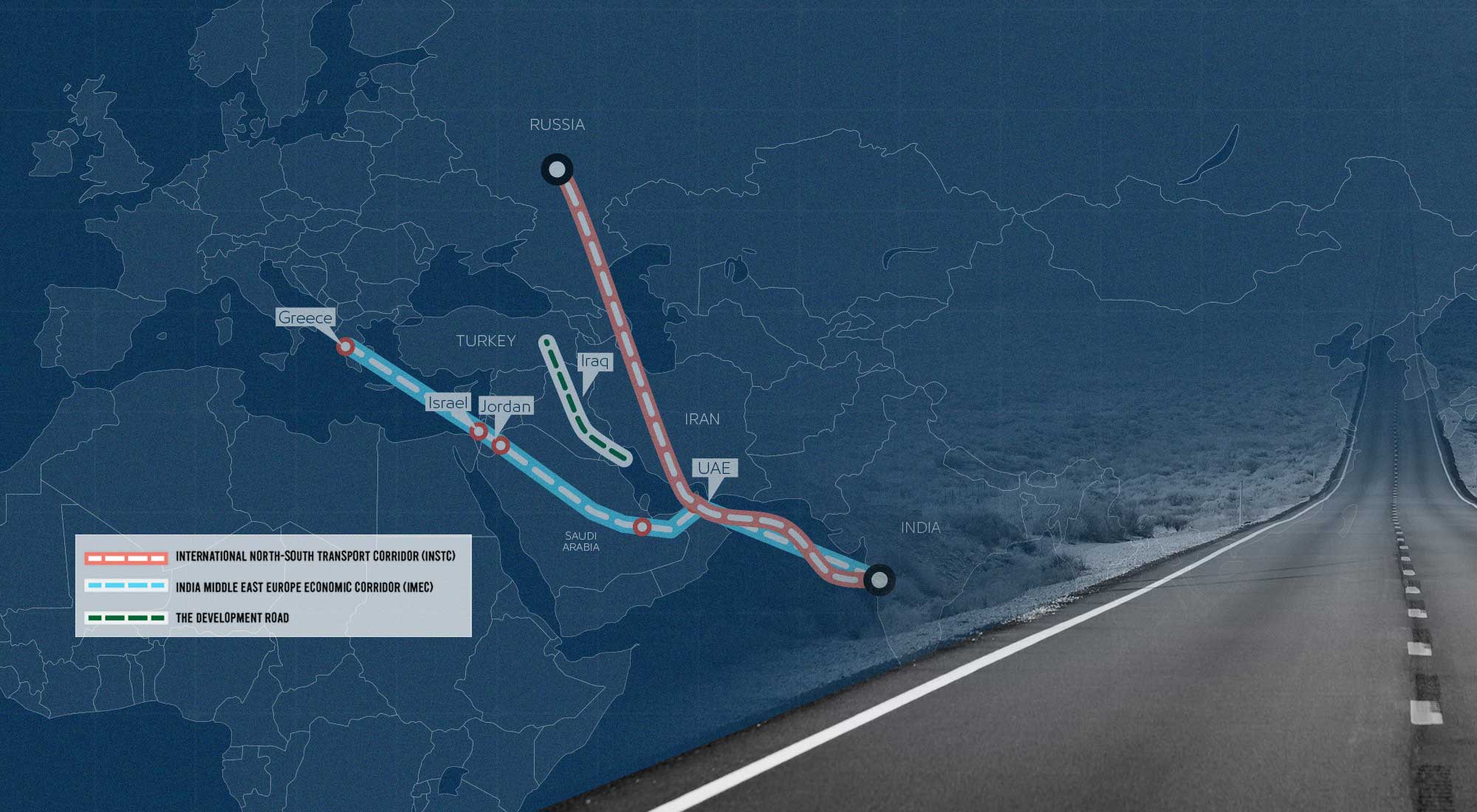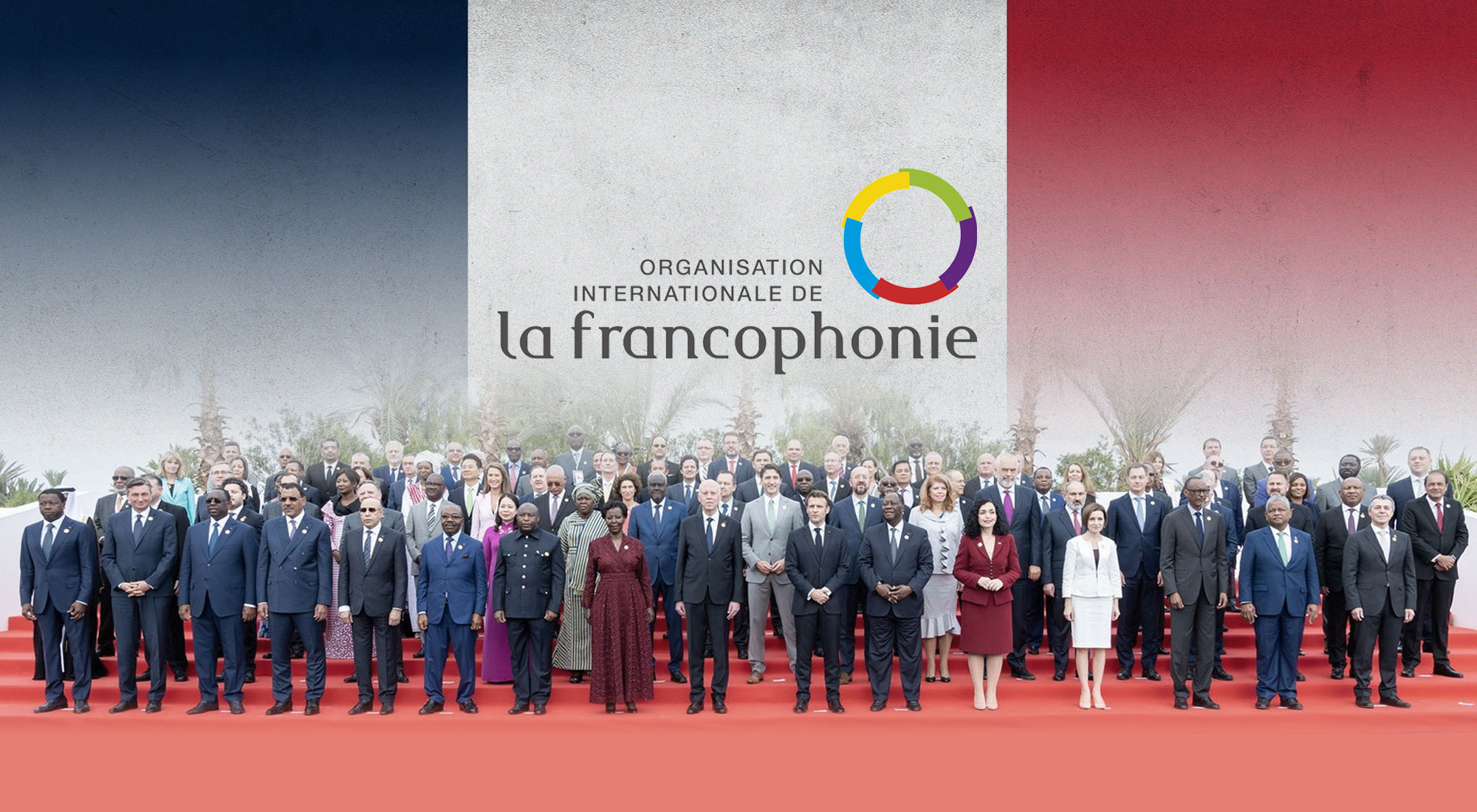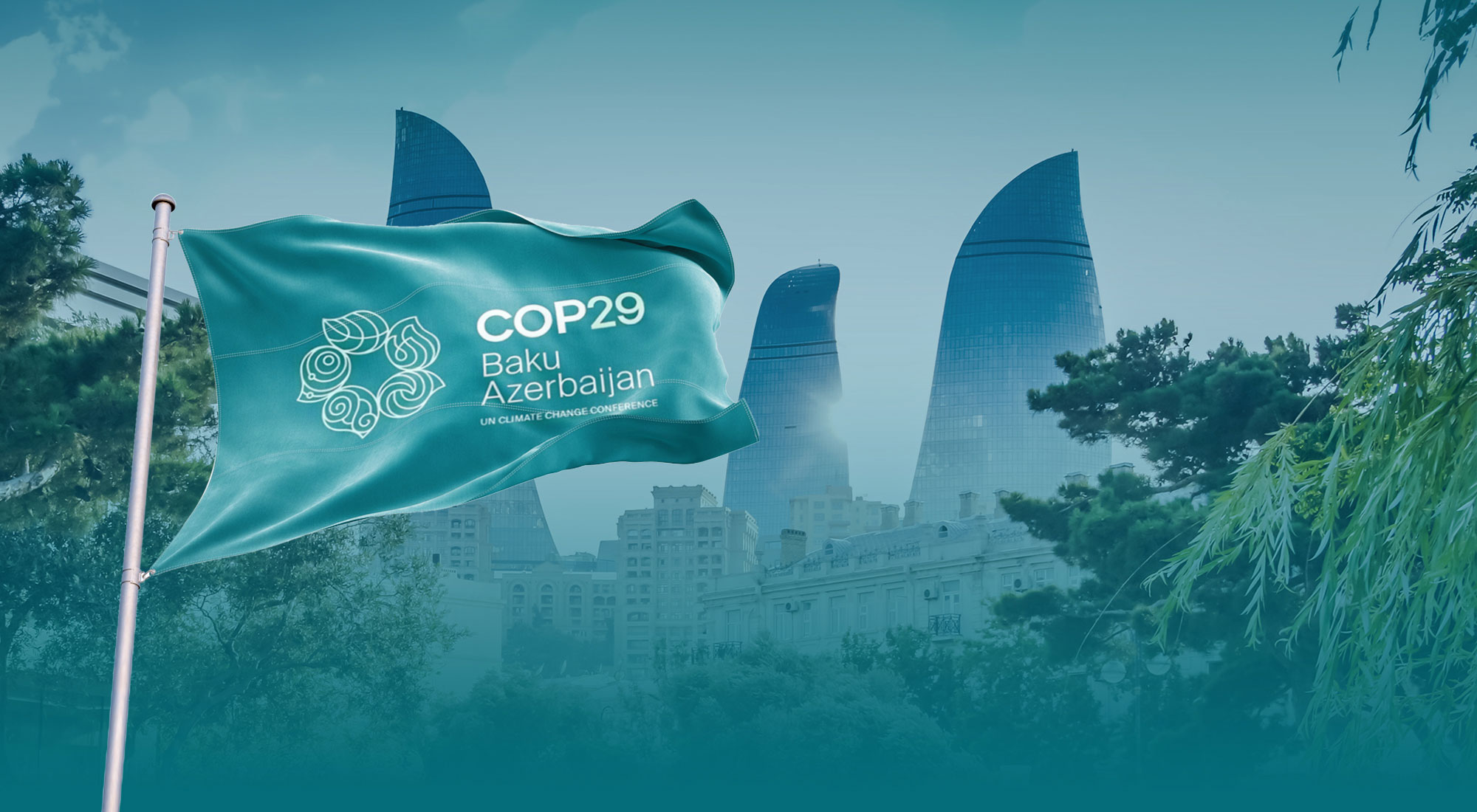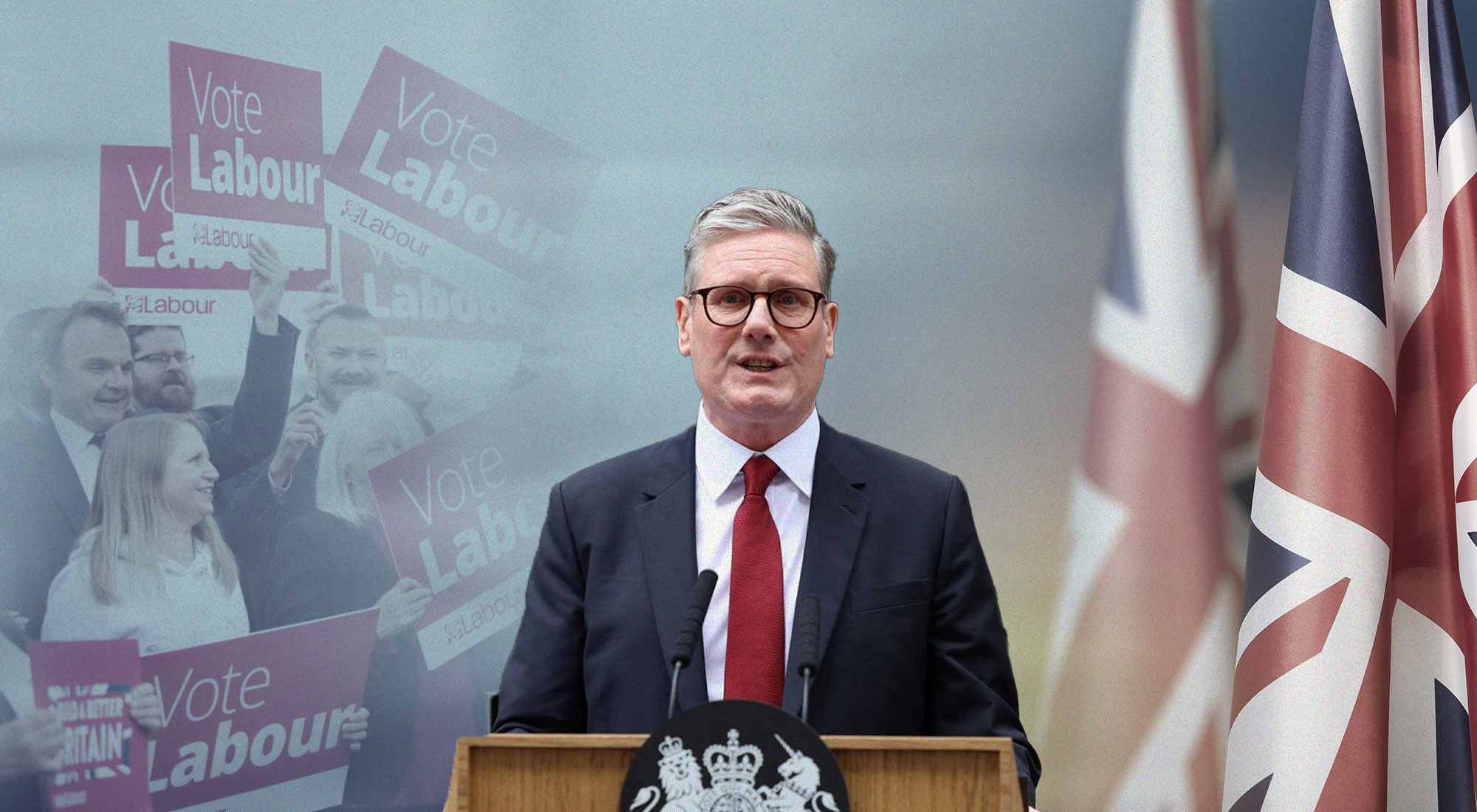The current conflict of geopolitical interests of Russia and NATO around Ukraine has a long history, which has cultural, political, religious and economic dimensions. Even in the era of feudal fragmentation in Russia, the western principalities gravitated towards relations with the Vatican and Catholicism, whereas the east of the Dnieper followed Eastern Christianity. Although linguistically and ethnically it was a single people divided into tribes, it can be said that, as in the history of other states and regions, such preferences were the germ of a later division. The Polish Kingdom, and later the Austro-Hungarian Empire, dominated the present lands of western Ukraine, also leaving their mark. The Russian Empire organically absorbed Little Russia – the contemporary Eastern part of Ukraine – and continued to expand southward to the shores of the Black Sea, conquering the Crimean Khanate and pushing out the Ottoman Empire to the West.
In search of Ukrainian statehood
After the collapse of the Russian Empire, there were attempts to create a statehood on the territory of modern Ukraine. There also existed several other states, such as the Donetsk-Krivoy Rog Republic, the West Ukrainian People’s Republic and the Ukrainian People’s Republic. But they did not last long, and soon after the victory of the Bolsheviks, the Ukrainian Soviet Republic emerged, which became part of the USSR. At the same time, the borders of the provinces were changed, and part of the territories of the Russian Empire became part of Ukraine territory. The territory of Ukraine was further expanded in 1939 at the expense of Poland, in 1940 at the expense of Romania, in 1945 at the expense of Czechoslovakia, and in 1954 at the expense of Russia (transfer of Crimea). The administrative borders of Ukraine remained as an independent state after the collapse of the Soviet Union in 1991. And at this time, there was an attempt in the West to create a Ukraine that was anti-Russia in its outlook [1].
With the help of a large Ukrainian diaspora in the USA and Canada [2], lobbying for the interests of Ukraine, or rather for certain political groups professing radical nationalism, was launched at the end of 1991. Prominent among these groups were the Ukrainian Canadian Congress (formed in 1940), the Ukrainian World Congress (founded in 1967 in New York City as the World Congress of Free Ukrainians) and the Ukrainian Congress Committee of America, which unites over 20 organizations made up of one million US citizens of Ukrainian descent, providing funds, resources and advocacy assistance for Ukraine. During Soviet times, all organizations participated in anti-Soviet activity supported by the State Department, especially under the umbrella of the Captive Nations law issued in the U.S. in 1959. It should be said that despite the presence of ethnic Russians in these countries, they never created their own lobby structures. At the same time, the United States viewed Ukraine as a future springboard for deterring or exerting pressure on Russia, which was most clearly manifested in Zbigniew Brzezinski’s «The Great Chessboard».
However, there were different opinions about how to use Ukraine. In 1991, Paul Wolfowitz, Scooter Libby, Stephen Hadley, Eric Edelman and other leading figures in the Pentagon believed that it was necessary to finally break ties between Ukraine and Russia by any means, because without Ukraine, Russia would not be able to restore its power [3]. Indeed, a significant part of the industrial complex created in the era of the Soviet Union was located in Ukraine. But subsequent years have shown that such a hypothesis regarding the future capabilities of Russia and Ukraine was not correct. Despite the recession and economic problems of the 90s, due to the processes of liberalization in Russia, numerous sectors of the economy were restored and a number of sectors, especially those of oil and natural gas, became the pillars of the country’s GDP. In Ukraine, due to corruption and constant political crises [4], it has not been possible to create normal conditions for social and economic development.
Interestingly, in the early 90s, it was the United States that considered Ukraine incompetent and prone to intrigue. This was manifested in the negotiations on the elimination of nuclear weapons. Although US Secretary of State James Baker got Kiev to agree to nuclear weapons in 1992, there were no mechanisms to force Ukraine to do so or fulfill the agreed schedule. Ash Carter noted that in1993 there was a danger that the implementation of agreements could be disrupted, due to the ineffectiveness of the Ukrainian government. Strangely enough, the preservation of nuclear weapons was defended by Ukrainian nationalists, who were actively supported by the Ukrainian diaspora from Canada and the United States. In February 2022, the President of Ukraine Vladimir Zelensky began to raise publicly the issue of the restoration of nuclear weapons, which contradicts the signed agreements on the nuclear-free status and non-proliferation regime (Ukraine signed the Lisbon Treaty in 1992, followed by another agreement signed in Moscow in January 1994, with the last nuke being transferred from Ukraine into Russia in June 1996). After 30 years, the spirit of incompetence (as evidenced by the Ukrainian parliament and president’s many attempts during the 90s to avoid implementation of the agreement under different pretexts) has returned to Kiev again [5].
Color revolutions
But the first serious crisis that affected Ukraine’s relations with Russia and affected the domestic political situation occurred in November 2004, when Viktor Yushchenko lost against Viktor Yanukovych in the presidential elections of Ukraine and refused to admit defeat. Since the percentage difference was insignificant (46.6 versus 49.4), Viktor Yushchenko, who was supported by the United States, disputed the results and his supporters staged thousands of protests in many cities. These events were called the Orange Revolution, because Viktor Yushchenko’s party “Our Ukraine” had orange symbolism. As a result, re-elections were called in December and Victor Yushchenko won. At that time, there was a clear political polarization in Ukraine along geographical lines – the southeast supported Yanukovych, and the West and the center supported Yushchenko. From that moment on, crises in the country’s governance began. In fact, the government underwent three major reshuffles during Yushchenko’s presidency (prime minister Yulia Timoshenko, who was active from January to September 2005, was succeeded by Yuri Yekhanurov, who served till August 2006). George Soros openly interfered in the internal affairs of the country [6]. 2007, the Orange coalition finally collapsed.
The new color revolution began in November 2013 and the reason was the signing by President Viktor Yanukovych of an economic agreement with Russia, which provided for obtaining preferential loans and the country’s entry into the Eurasian Economic Space. The Association Agreement with the EU was frozen. The opposition organized mass protests that escalated into riots and pogroms. At this time, an alliance of radical nationalists and liberals was being formed. The former were engaged in street actions (non-violent in the first phase of protests that later turned into aggressive violent attacks), while the latter were searching for resources, establishing ties with Western countries (mostly the US and EU states) and engaging in propaganda activity [7]. By February 2014, the situation had seriously worsened – radical nationalists began seizing administrative buildings and military bases in Western Ukraine, shootings began in Kiev, and dozens of people were killed. Although no orders were given by the law enforcement agency to open fire and no use of weapons was involved, this incident was used to accuse the authorities of killing civilians. Various Investigations identified unknown snipers who were responsible for these murders [8]. The new authorities tried to blame Russia for the murders, but no evidence was presented. It is still unknown who organized the shooting. This is a typical provocation, which has been repeatedly used in other countries for decades and has become a trigger for the radicalization of events.
After some time, Viktor Yanukovych left for the autonomous Republic of Crimea, calling on members of the government, especially the ministers of enforcement agencies and defense, to come to Simferopol city, the capital of Crimea. Meanwhile, radical nationalists seized the parliament and illegally began to pass laws, some of which – especially those related to the official language status – were directed against the Russian-speaking population, which made up about 40% of the country’s population. Under the new law, it was not permitted to use the Russian language in public administration service, official documents, media, cinemas, etc. Some regions, where the Russian population was the majority, refused to recognize these laws and organized their own protests. To suppress them, the new post-coup government dispatched not only the police, but also military formations, which served at the beginning of the civil war. The most favorable situation for the Russian-speaking population was in Crimea. In March 2014, a referendum was held there, which resulted in an absolute majority voting for independence and accession (return) to Russia. Similar referendums were held in the Luhansk and Donetsk regions of Ukraine. But Russia recognized the Crimean referendum only and included the peninsula in its composition. Now Crimea was under the military protection of Russia. But in other regions of Ukraine the situation was different. In Kharkiv, the protests of the Russian-speaking population were suppressed, and in Odessa, on 2 May 2014, more than a hundred people were killed as a result of the nationalists’ arson of the trade union building where the activists were. The police did not interfere in what was happening. In the south-east (Donbass), an armed clash continued, which caused thousands of fatalities on both sides.
The leadership of Belarus acted as a mediator to resolve the situation and subsequently agreements were signed in Minsk on September 5, 2014, which assumed a peaceful and diplomatic solution to the problem. An additional document was signed in February 2015 with the participation of the heads of Ukraine, Russia, France and Germany. Till now, Ukraine has not fulfilled any of the stipulations of the Minsk agreements and continues to use military force in the Donbass.
Security issue: from regional to global level
Since Kiev considers itself vulnerable, it appeals to Western countries regarding the need for broader support in the run up to joining NATO. For Russia, such a prospect is unacceptable, since the expansion of NATO and the approach to Russia’s borders is perceived as an existential threat. In this regard, in December 2021, Moscow sent a proposal to the United States and NATO to reorganize the structure of European security. This proposal was considered an ultimatum in the West and not considered in full.
On January 27, Russian Foreign Minister Sergei Lavrov noted on this issue that “in 1990, when Germany was reunified and the issue of European security was raised, they solemnly promised that NATO would not expand even an inch eastward beyond the Oder River ” [9]. Despite this, NATO has significantly expanded its borders to the East.
There are also written documents signed by the leaders of all OSCE member states, including the US President (the Istanbul Declaration of 1999 and the Astana Declaration of 2010), which state that there is a principle of indivisibility of security with two interrelated approaches; first, the right of each State to freely choose military alliances which it recognizes; and second, the obligation of each State to refrain from strengthening its own security at the expense of the security of others. In other words, the right to choose alliances is clearly conditioned by the need to take into account the security interests of any other OSCE state, including the Russian Federation.
But now NATO is clearly and actively strengthening its security at the expense of the security of others. The written commitments on non-expansion of NATO in the 1990s are now available and have been confirmed within the OSCE. Since the United States and NATO are shying away from fulfilling these obligations, Russia reserves the right to use deterrence measures, for which the strengthening of military infrastructure has begun not only in Russia (including the transfer of fighters with supersonic weapons to the Kaliningrad region, which borders Poland, Latvia and Lithuania), but also in Cuba, Venezuela and Nicaragua, located in close proximity to the United States.
Factors of geoeconomics
The current crisis in relations between Russia and the EU countries (+ the US) has not only a political, but also an economic dimension. In this regard, the most discussed topic for both sides is the issue of energy supply. Ukraine plays the role of a catalyst in this regard, as can be seen from the statements of a number of Western politicians who openly talk about the relationship of the Nord Stream-2 gas pipeline within Russian-Ukrainian relations. This recently built but not yet activated pipeline between Russia and Germany via the Baltic Sea (additional to Nord Stream-1) should reduce natural gas supplies provided via the Ukrainian territory. Some countries, especially the US, Poland and some others have significantly politicized this topic, which is explained by the fascination in the Euro-Atlantic community with the concept of geo-economics, according to which trade, financial and economic mechanisms may well replace the political dimension. However, there was no complete replacement, but rather a hybrid phenomenon was created instead. At the same time, it should be borne in mind that the United States has always used economic instruments for its political goals. The same sanctions are aimed at stifling economic development and restricting access to resources, technologies or funds (not only against Russia, as sanctions are a traditional instrument of pressure from the United States to many countries). Nord Stream-2 fits into this logic of an aggressive Atlanticist strategy.
However, due to European dependence on Russian energy resources, such a radical approach hits the interests of the Europeans themselves and causes a split in the EU. Hungary, Slovakia, Germany, Austria, France, Czech, and the Netherlands were in favor of Nord Stream-2 (mainly due to investment purposes). At the end of last year, uncertainty about gas supplies led to a jump in prices on the stock exchange, which shows the extreme politicization of this issue in the EU and the United States. At the same time, Washington took advantage of the situation by offering its liquefied natural gas to European buyers. However, the capabilities of the United States in this matter are limited. As a temporary measure aimed at solving the crisis situation, it helped to balance the shortage of gas in European storage facilities. But in the long run, it will be difficult to maintain this line sufficiently steadily.
Having extensive experience in managing and interfering in political and geo-economic processes in Eurasia, Washington tried to attract partners from the Middle East region to its side. However, it is known that Qatar refused to replenish the necessary volumes for European consumers, which is due to the needs of the market and the technical capabilities of the country. All production lines and vessels serving the delivery of liquefied natural gas in Qatar are sufficiently loaded. If Asian buyers feel discomfort due to the change of priorities in gas sales, this threatens not only a domino effect in the regional economy, but also serious geopolitical consequences. It is obvious that the USA is behind this attempt to re-organize gas supplies to European customers.
It is also doubtful that other natural gas producers, such as Norway, Azerbaijan and Algeria, will increase production and redirect sales to European markets. If Norway can still partially help its neighbors, such as the Netherlands, where the Groningen field is closing soon, then Algeria and Baku are more likely to take a pro-Russian position, given the long-term cooperation with Moscow. Naturally, Iran and Turkmenistan, which are major producers of natural gas, will also not play along with the interests of the United States. Turkmenistan has contracts with Russia for the resale of natural gas and sells the rest to its Asian consumers, primarily to China. Iran is under sanctions, but even so there is no technical capacity to sell large volumes of gas to Europe.
Libya will also not be able to help Europe in the case of a gas shortage, which was officially confirmed recently by the Minister of Oil and Gas Muhammad Aoun. The volumes of gas that were previously exported via the Green Stream gas pipeline to Italy, which then fell into the pan-European network are now being used to fuel power plants and other facilities inside Libya itself. The minister claims that in the foreseeable future, even with an increase in load on the producing fields in Libya, it will not be possible to increase the volume of gas for export purposes. Of course, in the case of Libya, it is necessary to take into account the role of the EU/NATO in the destruction of Libyan statehood and infrastructure in 2011, which is well remembered there.
In other words, if the EU and the US are interested in establishing a blockade of Russian gas supplies, this requires a strategic plan and multibillion-dollar investments, and its implementation will take at least five years (under ideal circumstances, which is not realistic, especially given the current geopolitical turbulence). In addition, if more pressure is exerted on Moscow, then Russia may withdraw from OPEC in retaliation. In any case, in the near future, all that the US and the EU can do is minimize the sale of Russian gas (while Gazprom will make a slightly smaller profit, it will not be possible to damage the Russian economy), but not abandon it completely. And as part of the turn to the East – and the growing needs of Asian countries (China, India, Pakistan, South Korea) – Moscow will gradually reorient part of its exports in this direction.
This assumption was confirmed by the visit of Russian President Vladimir Putin and a number of officials to the opening of the Olympic Games in Beijing, where an agreement on the provision of additional energy supplies was signed between the Russian companies Rosneft and Gazprom and the Chinese National Oil and Gas Corporation (CNPC) for the next 10 years. The volume of the transaction is estimated at $80 billion. Consequently, the reorientation of Russian supplies in this direction will be supported by a double logic – not only the Eurasian worldview, which displaces Westernism, but also the banal capitalist formula, according to which demand gives rise to supply.
Conclusions
On February 18, the situation in Donbass worsened. More civilians were killed because of shelling by Ukrainian troops. Thousands of refugees were evacuated to Russia and an emergency situation was declared in Russian regions neighboring the Ukraine. On February 21, all the members of Security Council of Russia announced the necessity to recognize the independence of Donetsk People’s Republic and Lugansk People’s Republic under a humanitarian pretext. President Vladimir Putin signed decrees the same day and agreements of cooperation were signed between both formerly Ukrainian entities [10]. The Western reaction was predictable and some new sanctions were imposed. Russia is ready to use military power to protect civilians in the Donbass region. Meanwhile, Ukraine has requested more assistance from NATO countries.
On February 24, Russia initiated a military operation in Ukraine, and within a few hours, the military infrastructure of Ukraine was destroyed with precise strikes. Land troops of the allied forces of Russia, Belarus, DPR and LPR started moving in from different directions. During the first two days of conflict, many units of Ukrainian forces capitulated. Russia announced that the goal of the operation was to demilitarize and denazify Ukraine and that the population was not the target. The Russian military has captured many cities without resistance and has been welcomed by the residents of those cities. Both sides have human losses, but Ukraine has more. On 25 February, the President of Ukraine asked for peace negotiations and expressed his readiness to discuss the neutral status of Ukraine.
As we can see, the situation surrounding the Ukraine is complex and there cannot be a unilateral decision. But in form of relations between Washington and Kiev, it is clear that a lot depends on the White House. There is likely to be no agreement between Moscow and Washington on the Ukrainian issue under the Biden administration. Republicans are more inclined to the theory of realism, which speaks about national interests and the balance of power. It is likely that a solution can be found under their rule in the White House and the State Department. But it is more than obvious that Russia will not be dictated to by the United States, which applies the policy of carrot and stick (in relation not only to Russia, but also to all other countries under the façade of hard and soft power). Sooner or later, Washington must understand this new reality.
References
[1] Jack Matlock, Autopsy on an Empire: The American Ambassador’s Account of the Collapse of the Soviet Union (Random House: 1995).
[2] For details see: Michael Quinn, “The Large and Influential Ukrainian Diaspora in Canada – Good Russian TV Profile,” Russia Insider, March 2, 2019, https://bit.ly/3t4faYx; and Ilgar Mamedov, “Ukrainian Diaspora of Canada: Its History and Modernity. Slavic Almanac,” (January 2018), DOI:10.31168/2073-5731.2018.3-4.3.01.
[3] James M. Goldgeier and Michael McFaul, Power and Purpose: U.S. Policy toward Russia after the Cold War (Washington, D.C.: Brookings Institution Press, 2005), 62.
[4] Maxim Gatskov, “Political Orientations and State Crises in Ukraine in 2004/05 and 2013/14,” in Evgeniya Bakalova, Tobias Endrich, Khrystyna Shlyakhtovska and Galyna Spodarets, Eds., Ukraine. Krisen. Perspektiven. Interdisziplinäre Betrachtungen eines Landes im Umbruch [Ukraine. Crises. Prospects. Interdisciplinary perspectives on a country in times of change] (Berlin: wvb, 2005), https://bit.ly/3hgeaLr.
[5] In the 90s, the USA was very concerned about the behavior of Ukrainian politicians on negotiations on nuclear disarmament. For example, see: John Buntin, Decision to Denuclearize: How Ukraine Became a Non-Nuclear Weapon State (Kennedy School of Government Case Program: 1997), 13.
[6] He interfered years before too. See: James A. III Baker and Thomas M. DeFrank, The Politics of Diplomacy: Revolution, War and Peace 1989-1992 (New York: G.P. Putham’s Sons: 1995), 641.
[7] Leonid Savin, “Ukraine, Years of Conflict: External Sponsors and Social Swarming,” Geopolitica, January 8, 2018, https://bit.ly/3JSP5me.
[8] “Who was Maidan Snipers’ Mastermind?” Oriental Review, May 29, 2014, https://orientalreview.org/2014/05/29/who-was-maidan-snipers-mastermind/.
[9] The Ministry of Foreign Affairs of the Russian Federation, “Foreign Minister Sergey Lavrov’s Answer to a Media Question, Moscow, January 27, 2022,” https://mid.ru/en/foreign_policy/news/1796041/.
[10] “Signing of Documents Recognizing Donetsk and Lugansk People’s Republics,” President of Russia, February 21, 2022, http://en.kremlin.ru/events/president/news/67829



